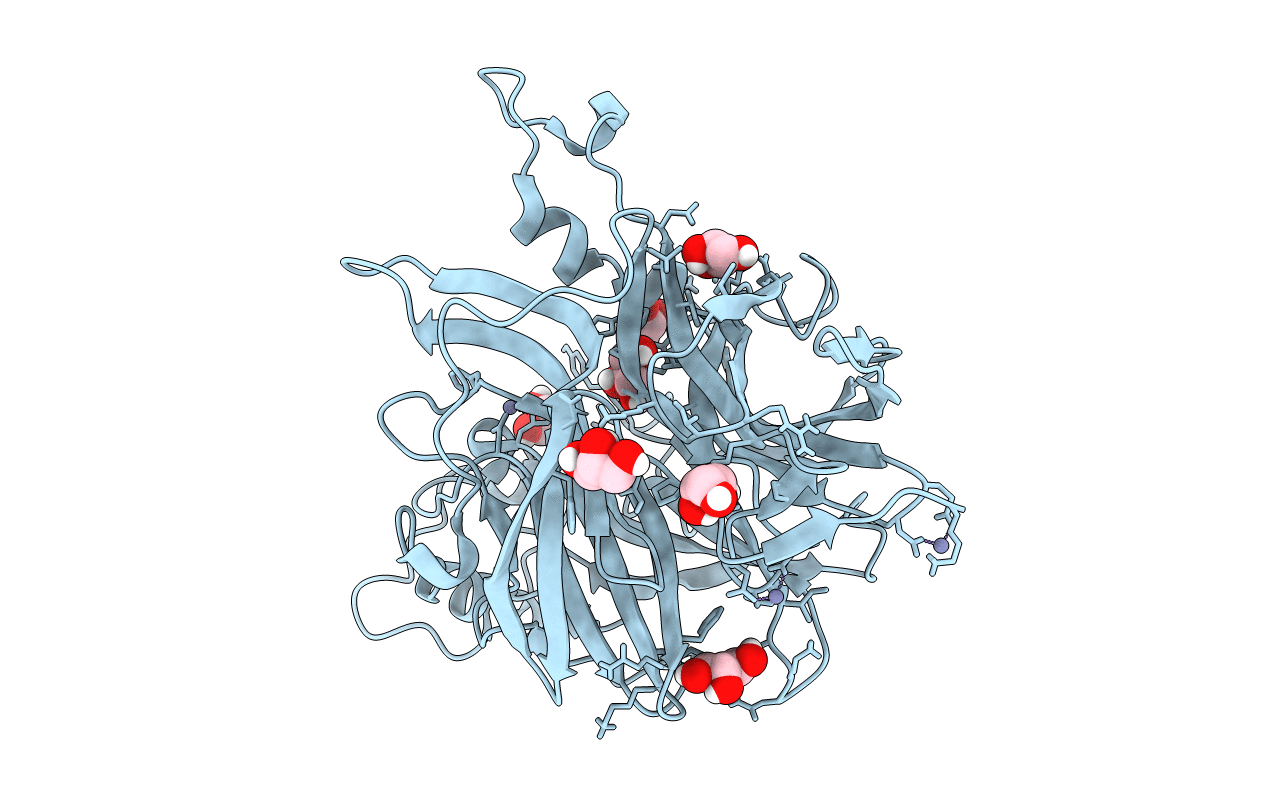
Deposition Date
2018-02-16
Release Date
2019-02-06
Last Version Date
2024-05-08
Entry Detail
PDB ID:
6FRW
Keywords:
Title:
X-ray structure of the levansucrase from Erwinia tasmaniensis
Biological Source:
Source Organism:
Erwinia tasmaniensis (Taxon ID: 338565)
Host Organism:
Method Details:
Experimental Method:
Resolution:
1.52 Å
R-Value Free:
0.20
R-Value Work:
0.17
R-Value Observed:
0.18
Space Group:
P 41 21 2


